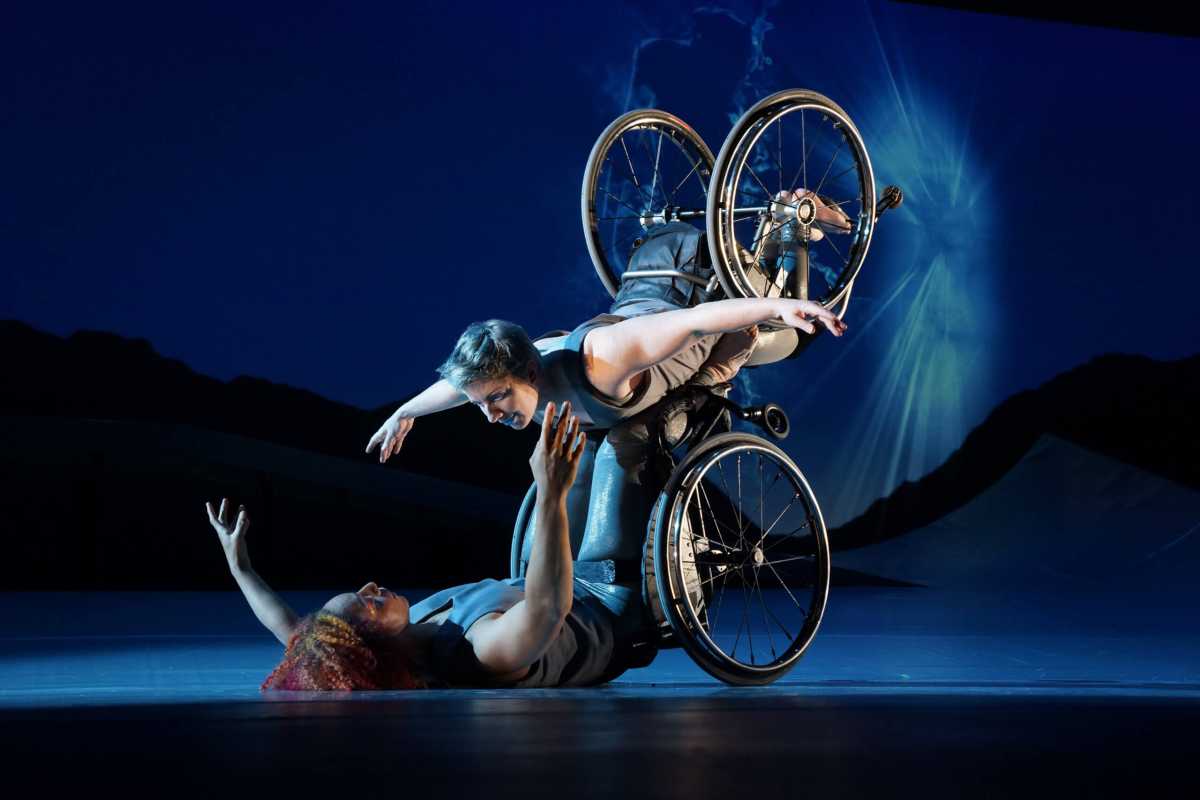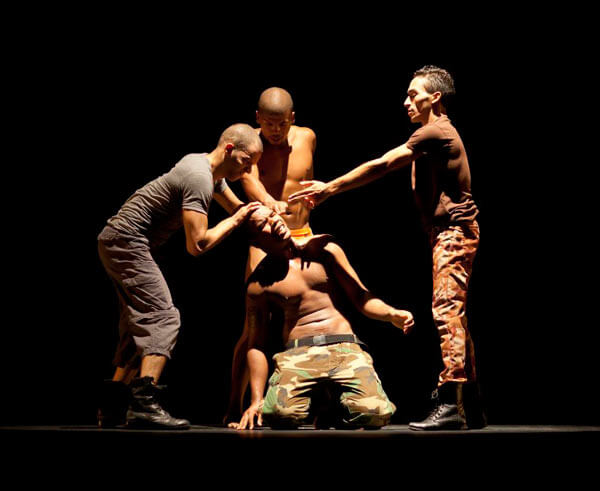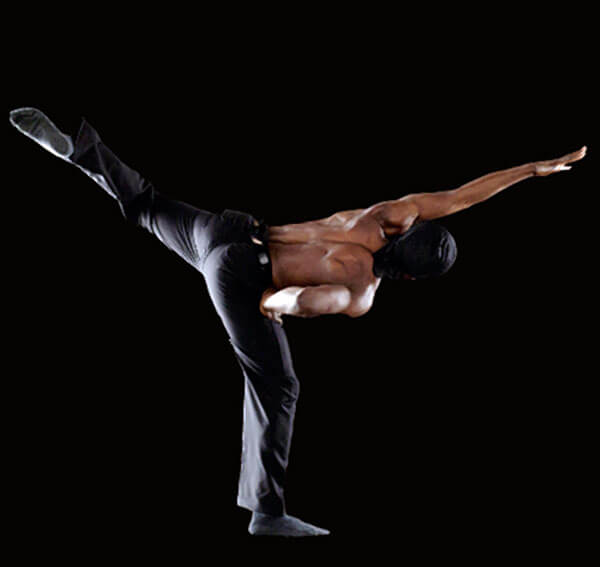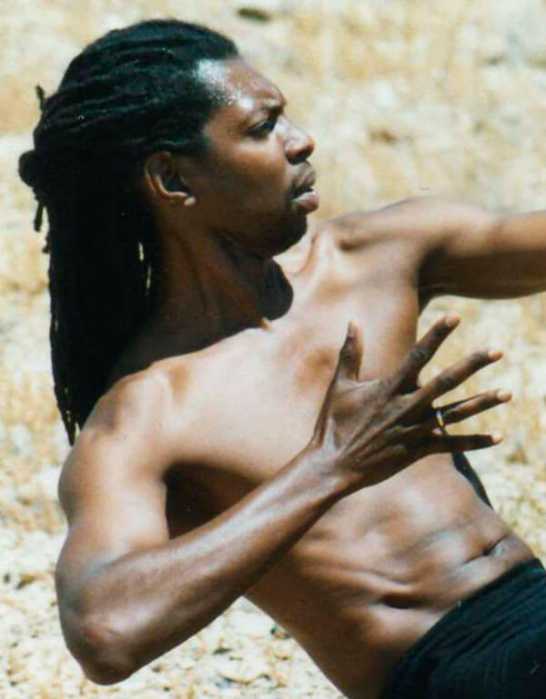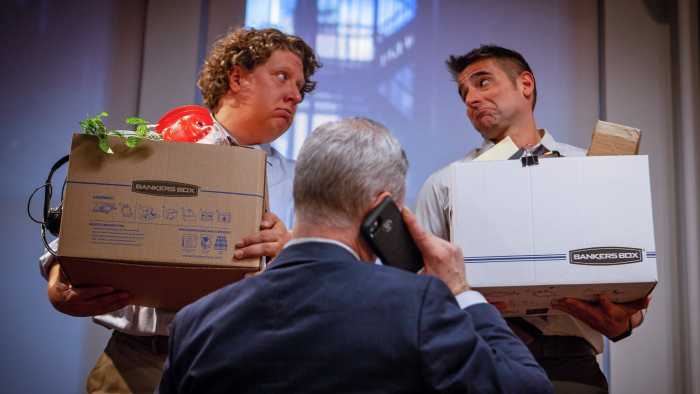Alice Sheppard studied ballet and modern dance with Kitty Lunn, and she made her debut when she was working with Infinity Dance Theater. She then worked with Axis Dance Company, where she performed on tour and taught in the company’s education and outreach programs.
She has been an independent artist for a couple years now. As part of this stage in her career, she founded Kinetic Light Dance Company (KLDC) in 2016, due to being intrigued by the intersecting concepts of gender, race, and disability.
“Our work is created by disabled artists for disabled audiences. While anyone can enjoy Kinetic Light’s work — and we invite everyone in — one of our central understandings of disability arts and our own work is a ‘for us, by us’ experience,” said KLDC Publicist Mariclare Hulbert.
The artists of Kinetic Light all identify as disabled, using identity-first language vs person-first language. This is an individual personal/political choice and varies within the disability community. The other disabled artists are: dancer/technology lead/choreographic collaborator Laurel Lawson, dancer/choreographic collaborator Jerron Herman, and scenographer Michael Maag.
For KLDC, disability is seen as a source of creativity and artistry, because of the team’s unique experiences as disabled individuals.
“Our work includes immersive visual worlds that reveal the beauty of disability. We create technology and products that are built from a disabled perspective, “ Hulbert added.
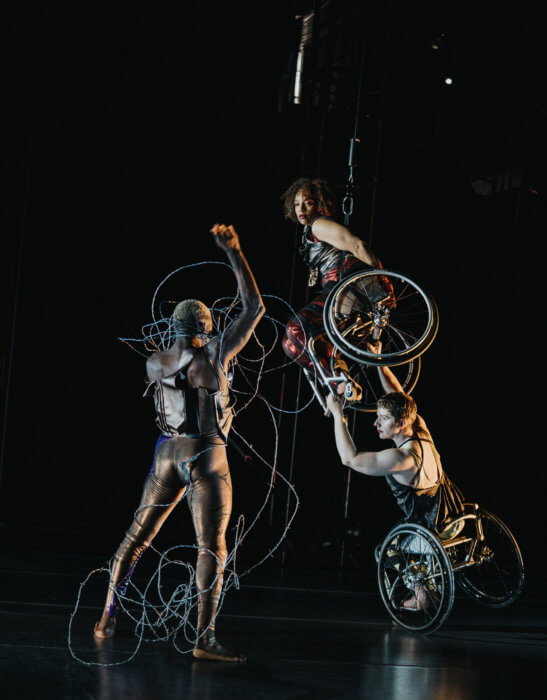
As professional dancers and athletes, it takes the team hundreds of studio hours to master particular techniques. They also spend numerous hours training and conditioning to prepare their bodies to do them, just like in all other forms of dance.
Some of the productions include the documentary-dance film “One + One Makes Three,” which has multiple versions: with or without ASL, Open Captions, or Audio Description, or even as audio or text alone. There is also the latest work, “Wired.”
Hulbert stated that people do not need to have lived disability experience in order to appreciate our work. But it’s essential to know a disability lens exists.
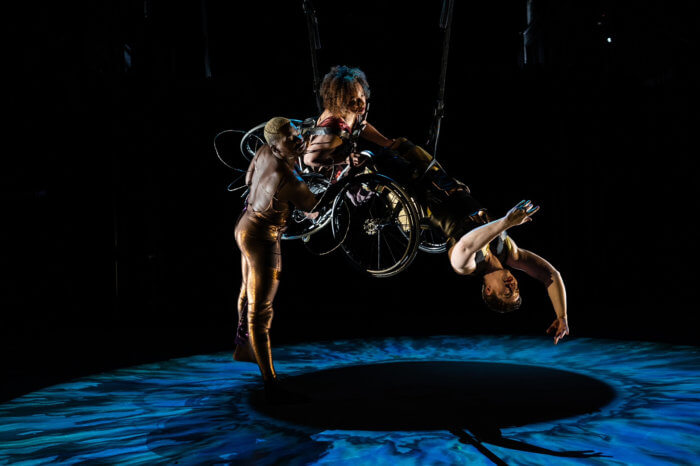
“Certain cultural moments in performance, like the sensual intimacy of a person strapping into and out of their wheelchair, are unique to the disabled community and are understood differently inside the community,” she continued.
People often question the ability of those who are disabled, which is extremely harmful. Depending on the technique, artists may or may not use mobility aids, such as wheelchairs or crutches.
With this in mind, Hulbert emphasized that, “Just as arms and legs are part of a dancer’s embodiment; wheelchairs and crutches are part of certain Kinetic Light artists’ embodiments. They are not tools, devices, or props.”
Interested persons can watch, or download the transcript for “One + One Makes Three” here: https://www.allarts.org/2021/05/one-one-make-three-why-multiple-versions/.
Those who want to support KLDC can follow the company on Instagram here: https://www.instagram.com/kineticlightdance/, and on Facebook here: https://www.facebook.com/KineticLight.
To stay updated on their work, those who are interested can subscribe to the company’s email list here: https://kineticlight.us12.list-manage.com/subscribe?u=9f4c8d7fc9f853556760d6c95&id=e0b4a28ffd.


